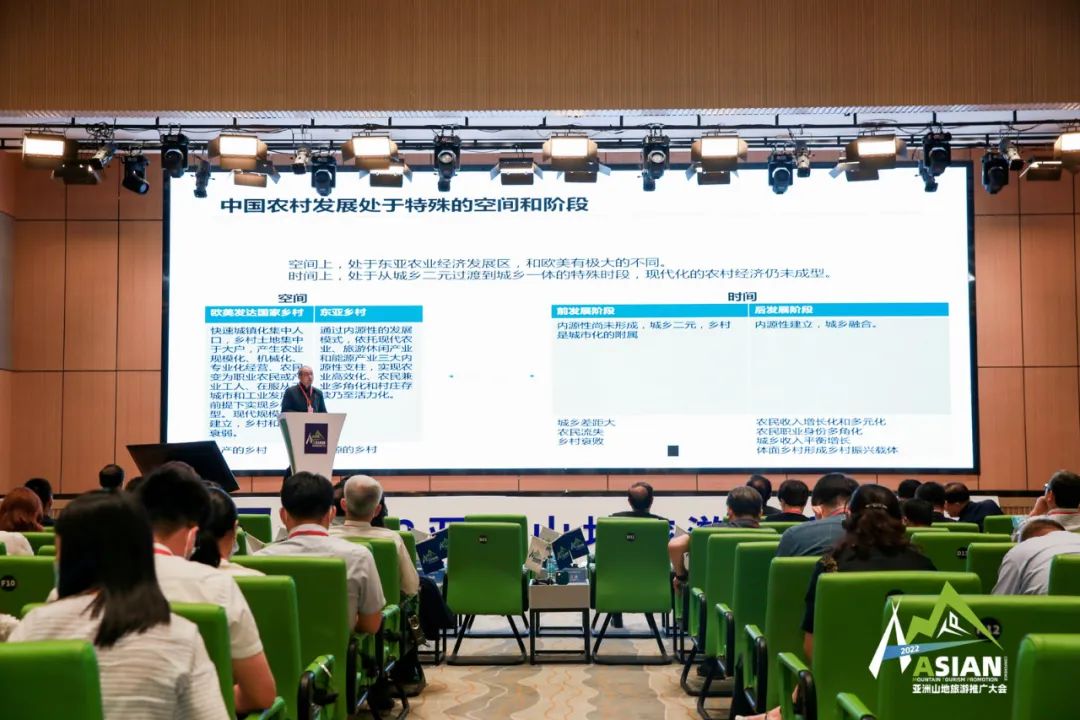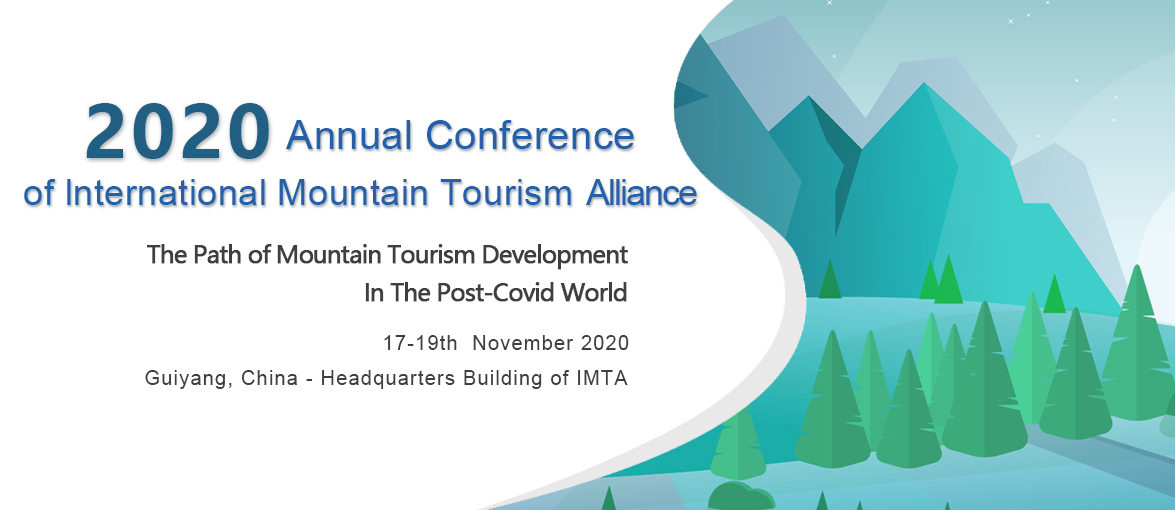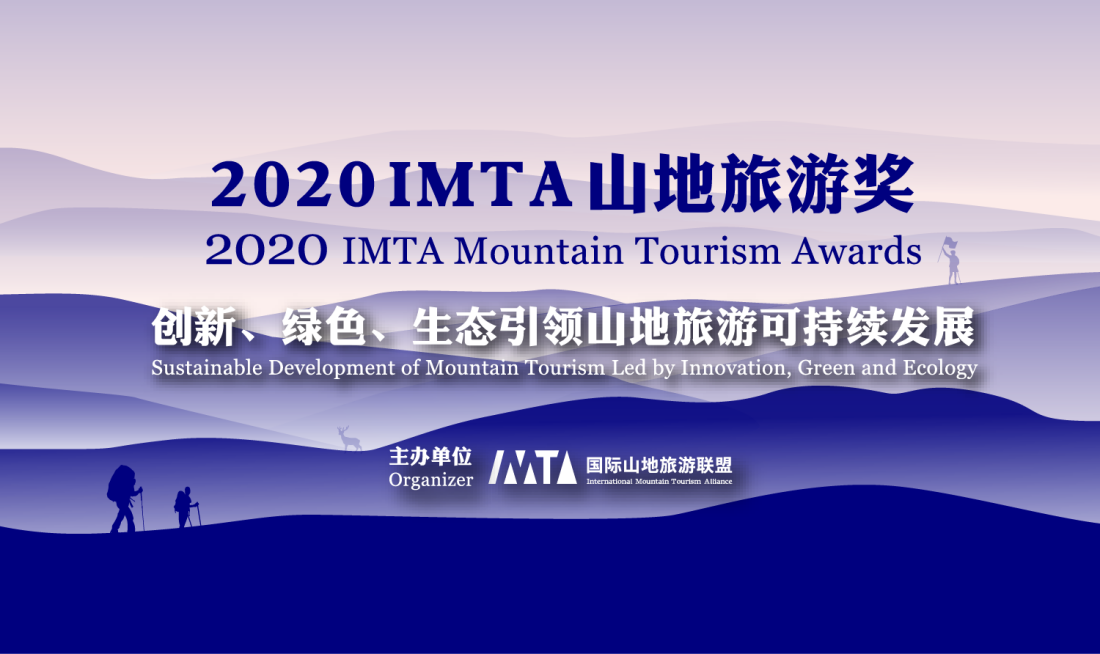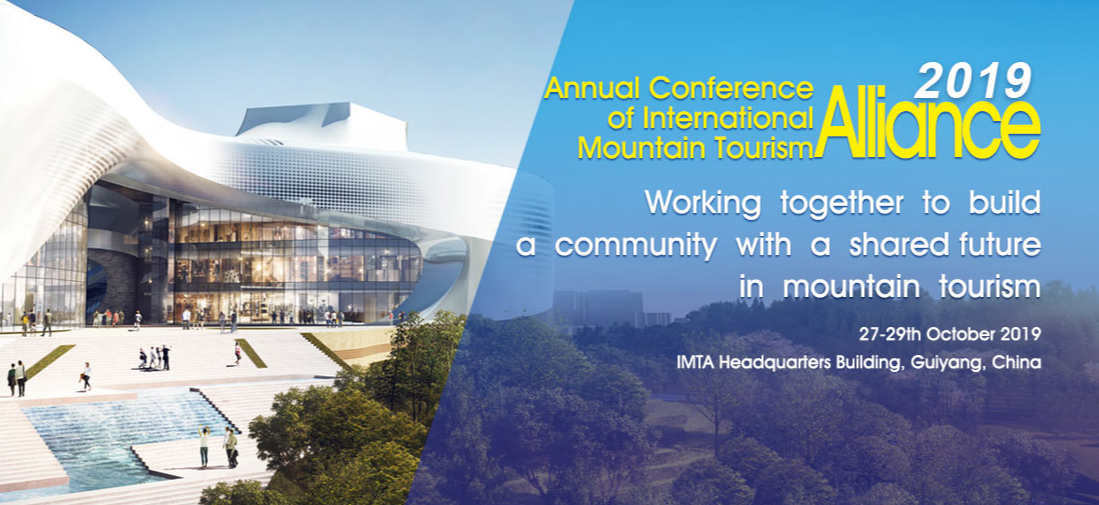Rural Revitalization Through Tourism
On 18 August, the 2022 Asian Mountain Tourism Promotion Conference on Amity, Sincerity, Mutual Benefit, Inclusiveness, Cooperation, and Sharing —— Jointly Building a New Future for Asian Mountain Tourism was officially launched in Guiyang, Guizhou province. At the theme forum, Jin Zhun, Professor of the Chinese Academy of Social Sciences delivered a speech on the theme of "Rural Revitalization Through Tourism".

Here is the full speech:
Over the past few years, China has placed great emphasis on rural revitalization, while rural revitalization is also reshaping the countryside, so China is now moving towards endogenous rural growth based on rural revitalization.
I. Rural areas urgently need to establish an endogenous development pattern.
China's rural development is in a special space and stage, where spatially it is in the East Asian agricultural economic development zone, extremely different from that of Europe and America. In the developed countries of Europe and the United States, the rapid concentration of urbanized population and the concentration of rural land in large households have resulted in large-scale, mechanized and specialized agricultural operations, turning farmers into professional farmers or industrial workers, thus transforming the countryside in subordination to urban and industrial development. The countryside and farmers are weakening due to the establishment of modern agricultural scale. In the transition, many productive rural (countryside) subordinate to urban. In the rural areas of East Asia, such as Japan and Korea, as well as in China, where rural forms are being explored, there is a growing trend towards an energy-based development model that relies on three main industries: modern agriculture, tourism and leisure industries, and energy, to build an endogenous pillar of rural introspection and growth, and achieve efficient agriculture, multi-vocality of farmers, and the survival and even vitalization of villages in the process.
In terms of time, China is in a special time of transition from urban-rural duality to urban-rural integration, and a modern rural economy is still not yet in shape. In the early stage of development, the endogenous nature of China's countryside has not yet been formed, with the countryside being subordinate to urbanization; in the later stage of development, the endogenous nature is established and urban-rural integration takes place, in which farmers' income grows and diversifies, and farmers' occupational identity becomes multi-role. The balanced growth of urban and rural incomes has formed a vehicle for rural revitalization. The urban-rural dichotomy and the strategy of prioritizing industrial and urban development have also widened the gap between urban and rural areas, exacerbating the inequality between them and causing factors to flow from the countryside to the cities in one direction, resulting in the decline of the countryside.
From a spatio-temporal perspective, we believe that China's countryside urgently needs to establish an endogenous economic system. Since 2003, central and western China has adopted coastal urbanization to boost rural development, resulting in a rapid rise in the share of urban investment debt while China's economic efficiency slowly declines, but such a model is clearly unsustainable.
The three endogenous pillars of modern agriculture, modern rural tourism, and resource-based industries have established the foundation for endogenous development in rural East Asia. Taiwan, China, for example, has developed three resource-based endogenous growth models in the countryside: the first is agriculture with land resources as the core element. Through the combination of agricultural factors and agro-industrialization, the monthly average labor output of employed agricultural workers in Taiwan increased from US$550.77 in 1981 to US$1,707.58 in 2015, an increase of about 2.10 times; and the yield of rice per hectare increased from 3,733 kg in 1960 to 5,262 kg in 2015, an increase of about 40.96%.
The second is tourism with tourism resources and terroir as the core elements. We see that farming households (farms) with diversified operations (also processing or leisure) in Taiwan can obtain higher farming income, including an annual farming income growth of 141.20% from 2005 to 2015; while the annual farming income of farming households (farms) with traditional operations only grew by 61.87%. The ratio of the two has expanded from 4.25 to 6.345. It can be found that rural tourism and rural leisure are of vital importance for rural growth.
The third is a resource industry with ecological, climatic and mineral resources as core elements. Taiwan is rich in wind energy resources, and the strong southwest airflow in summer and northeast monsoon in winter every year make the coast of Taiwan the best place to develop wind power generation. 1.41GW of new installation capacity of solar photovoltaic was added in Taiwan in 2019, accounting for 1.43% of the global addition.
II. Tourism gives endogenous power to the countryside
China has explored an endogenous way of rural development by relying on rural tourism. By the numbers, China's total rural tourism revenue in 2019 was 1.81 trillion yuan, equivalent to about 10% of the added value of agriculture and related industries; urban tourism revenue was 4.81 trillion yuan, equivalent to about 5% of urban GDP.
Rural tourism forms a rural reconfiguration and is a strong support for rural development, and the pillar role of China's tourism to China's economy is achieved by relying on rural tourism.
III. The establishment of rural tourism development source power relying on institutional mechanism innovation
The first is village reconfiguration. For example, rural tourism in Anhui was originally a closed, agricultural economy-based village form, but now it is an open, service economy-supported spatial form, with its economic form and social organization greatly changed.
The second is the reconfiguration of the inhabitants. Rural tourism brings a rapid accumulation of human capital for local villagers. In Guilin in the 1980s, many old ladies in the countryside spoke English as a result of tourism, indicating a reconfiguration of the knowledge structure in the countryside. Likewise, the scenic spots of Moganshan and Dali have seen a very large number of elites from outside the city enter to practice and live, promoting local development.
The third is the change of social organization. The countryside has undergone a very significant reconstruction in terms of land use and industry, which brings about a change in the structure and function of rural elements, mainly reflected in the endogenous structure of the production, ecological and cultural functions of the countryside for self-revitalization from the countryside, while integrating it into the process of globalization, modernization and digitization, and eventually forming the following three levers: first, capital leverage, with capital willing to invest in this field; second, talent leverage, with more talents gathering in the countryside; third, cultural leverage, with many new cultural elements flowing in from this platform.
Innovation factor gathering mechanism. The first driving force of rural tourism development is not capital, but the import of innovative mechanisms. Independent innovation can burst out a powerful rural tourism power. For example, Yuanjia Village in Xi'an is a village in itself, so how did it develop its rural tourism? The answer is that the villagers established 100 snack stores to form a magnetic pole, and then established a general factory such as a flour mill through equity ownership, so that all the raw materials for the snacks come out of this factory. Innovative institutional-type approaches like this allow rural development to be very highly profitable in terms of rural tourism.
Land use system reform. We all know that Moganshan's tourism development is very good, so how is it able to bring so many B&Bs together? In 1910, David Duncan Main, a Scottish missionary and physician, built the English-style castle house. In 2016, the castle was restored and developed into a boutique hotel, which was developed vertically on the mountainous terrain. In accordance with the Notice of the Department of Land and Resources of Zhejiang Province and Other 9 Departments on Piloting the Construction Land of "Sloping Villages and Towns", the actual approved construction land is 15 mu, and the rest of the ecological land is leased.
Matching of farmers and social capital. The "622" model of Shuidong Township House in Kaiyang County, Guizhou, is a platform built by enterprises to encourage farmers to take shares in idle houses and land use rights, and the platform is responsible for introducing investment in the unified transformation and operation of houses and land. After operation, dividends will be distributed according to the ratio of 60% of shares for the investor, 20% for the 'Shuidong Township House' platform, and 20% for the farmers. The project has been invested 150 million yuan, with more than 110 farmers taking shares, attracting investors from more than 70 cities, attracting social capital of more than 28 million yuan, and driving the employment of more than 160 local people. Since the commissioning, the annual income of the shareholding farmers exceeds 12,000 yuan, and the annual income of the employed farmers exceeds 25,000 yuan.
International art is superimposed on "three rural" resources. "Art in Fuliang" is a huge rural earth art exhibition without a roof and based on the on-site creations of international artists, with the village as the exhibition hall. From May 1 to June 1, 2021, the first phase of the "Art in Fuliang" project was successfully held, gathering 22 art projects, 4 cultural events, and 1 rural public art exhibition in 32 days on 18 square kilometers of land. 26 artists, architects, musicians, and creators from 5 countries participated in this rural art event.
Fuliang of Jingdezhen arranged 2 art projects inside the 18-km village in 2020, where a very large number of the world's top artists gathered to turn the village into a scenic spot, a real full-area tourism, where visitors can take a map and punch in point by point. The 200-strong team of villagers' interpreters innovated artworks with their own stories. For example, old photos of villagers' homes became artworks, while local Fuliang tea and porcelain formed their own brands. The elements of international prying can turn a village into something completely different.
In conclusion, the key to rural revitalization is to construct an endogenous development mechanism containing rural tourism and promote its development with institutional mechanism innovation.














